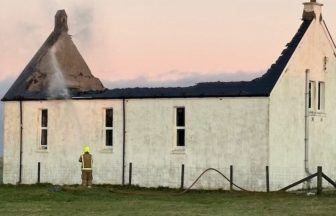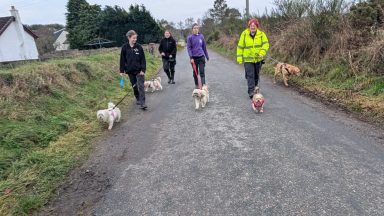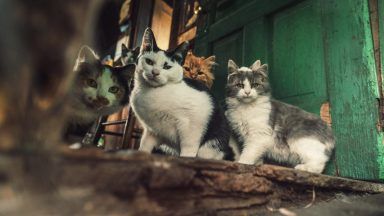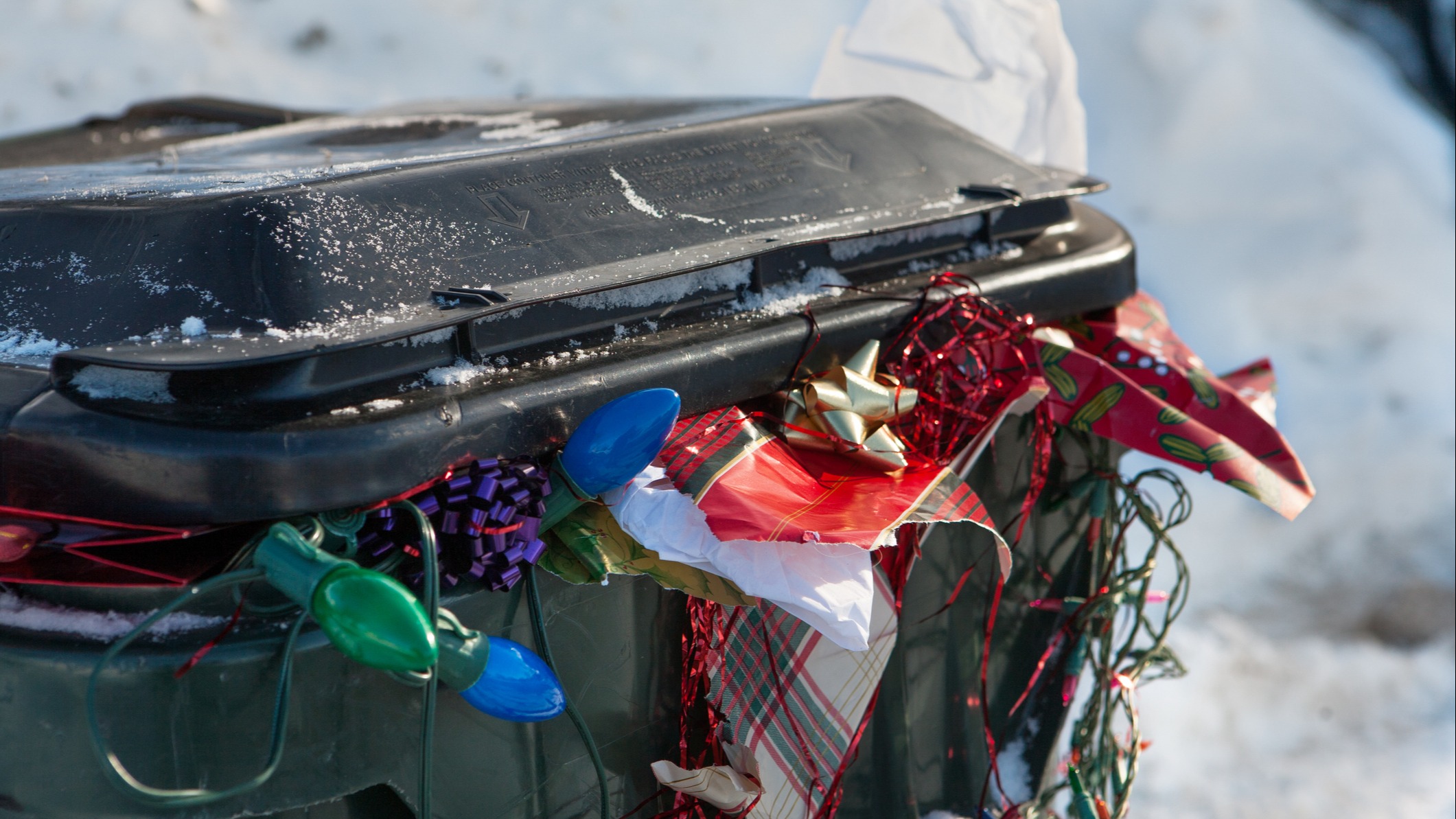Bird flu has devastated up to 90% of the skuas population in part of Shetland, NatureScot have warned.
Early surveillance of seabird colonies suggest that some species have returned in significantly lower numbers than in previous years, with great skuas being especially hard hit.
So far this breeding season the virus has largely impacted the south of the country, devastating breeding colonies of black-headed gulls and terns, with thousands of adults and chicks dying at colonies across England, Wales and Northern Ireland.
Despite the concerning outbreaks of the disease, also known as avian flu, scientists in Scotland had remained ‘cautiously optimistic’, the nature agency has said.
However, the number of great skuas has appeared to have slumped with estimates that 90% of the population on Hermaness, the northernmost headland of Unst, may have been lost.
The body has now imposed a ban on ringing and research activities to avoid unnecessary disturbance or stress to the birds.
Scotland supports 60% of the world breeding population of great skua, which migrate to the northern-most isles of the country from their wintering grounds off the coast of Spain and Africa.
The flu also appears to have affected other species with scientists raising concerns about unusual behaviour in terns.
Fewer of the bird have returned to sites across Scotland, including NatureScot’s Isle of May and Noss National Nature Reserves.
Those who have back come have returned later than expected.
Alastair MacGugan, a NatureScot wildlife manager, said: “It is too soon to draw firm conclusions about the impact of last year’s terrible losses, but the low numbers of great skua and terns returning to our shores is certainly concerning and something we are keeping a very close watch on.”
On Noss tern nesting was late but some eggs have now been laid. But on the Isle of May there has so far been no nesting this year, while on Rum the terns have deserted without laying any eggs.
NatureScot said targeted surveys of breeding seabird populations are currently under way and will help to better understand the extent of the impact.
However, despite the concerns, there is some optimism.
Mr MacGugan said: “The good news is that, in Scotland at least, we are not seeing the large numbers of dead birds around breeding sites that we did last year. This may mean that the remaining birds have gained some level of immunity to the virus.
“If so, then there is cause for optimism as populations may begin to slowly replace the losses that occurred last year.
“This is far from the end of the outbreak, however, and we are certainly not complacent. We may see the virus switch to other species in the future, as has happened with the gulls elsewhere in the UK.”
Follow STV News on WhatsApp
Scan the QR code on your mobile device for all the latest news from around the country


 NatureScot
NatureScot
























